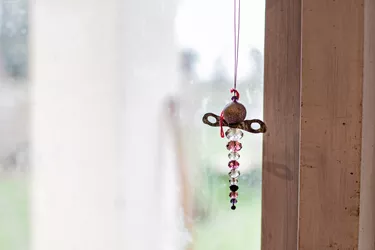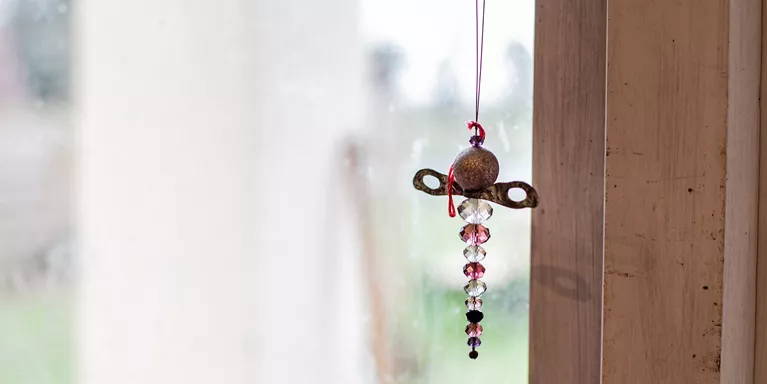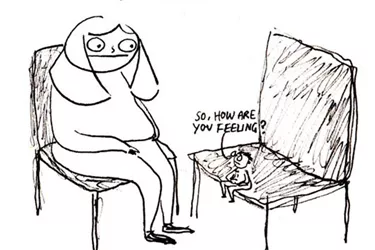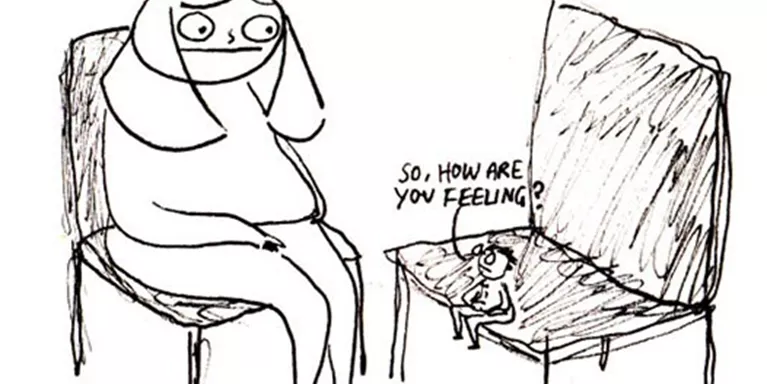Living with TTM
Amelia blogs about her experiences with trichotillomania (TTM).
This week is National No Pulling Week to raise awareness of trichotillomania, or TTM, a disorder that I suffer with which means I pull out my hair.
I started pulling my hair out when I was 12 after I was sexually abused, first by my father and then by a stranger on a bus. It made me scared to go out, I stopped eating and became hooked on anti-depressants. I also started to pull my hair out. It gave me relief and distracted me from what was happening.
My mother and grandmother also had TTM, so I was aware that TTM existed. We’re also obsessed with washing our hair and brushing our teeth so it’s all related to some sort of OCD.
Perhaps because of my Portuguese heritage, my hair is naturally very thick, tough and fast-growing. When I first started pulling it out, I went for all the chunkiest, frizziest strands, and they always grew back really quickly anyhow. My main area was the top of my head towards the front, and a bit on the sides, but I never touched the back, I needed full hair there to be able to wear it up and disguise what I was doing to myself. Even so, other family members noticed, but no one said anything, and neither did I.
When I met my husband Robert, I didn’t tell him anything, even when we started living together. I’d wake up early and disguise my patches – I’d wear hair extensions and a hairpiece and I got away with it for a while. Eventually I told him everything and he told me that it made no difference to him, he thought I was beautiful and he loved me.
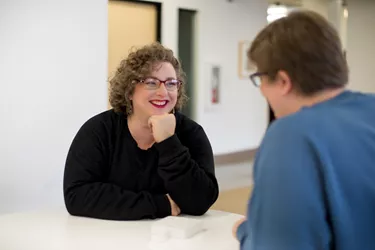
I still struggled with it, however. One Christmas and New Year we went on holiday to India. It was lovely and hot and I was just dying to go in the water and swim, but I didn’t dare. My hair-pulling was still a very private thing. When I was pregnant with our son I wanted to go to aqua-natal classes and, once again, I didn’t dare.
The first time I went swimming properly as an adult was for the TV documentary, Girls On The Pull. My family only realized when they saw the film the extent of my TTM. They cried with me and told me they hadn’t realized how bad it was.
I’m very aware of the fact that my children may inherit some of my conditions. Before my son could talk and make himself easily understood, he’d pull at his hair when he got frustrated – but thankfully never pull it out. Kids are like sponges, they absorb everything, but, actually, hair pulling when they are very young is common with a lot of kids. I’d definitely notice if he did it, and my instinct would be to be very vigilant if I had a daughter.
Through Girls On The Pull I met Lucinda Ellery, the hair loss and hair extension expert. She offered me so much emotional support but also a practical solution to my hair loss. I was fitted with an intralace system, Lucinda’s hair loss solution and I was so fortunate to only need mine for six months. My own hair re-grew so quickly as I was physically prevented from getting at it by the mesh base of the system. At the moment, there’s nothing except my own natural hair on my head, it’s a good place to be. I’ve started pulling a little again, but thanks to my Cognitive behavioural therapy, which I am still doing because of the abuse issues, I’m very aware of it and how to manage it. My intralace was removed last October but I know the system, Lucinda, and the CBT are always there for me if I need the support.
I’m really keen to raise awareness of TTM and encourage people to go and get support and most importantly, don’t be ashamed of it. Not many people know that it’s just as common as bulimia, yet most women who have TTM suffer in silence as awareness is very low.
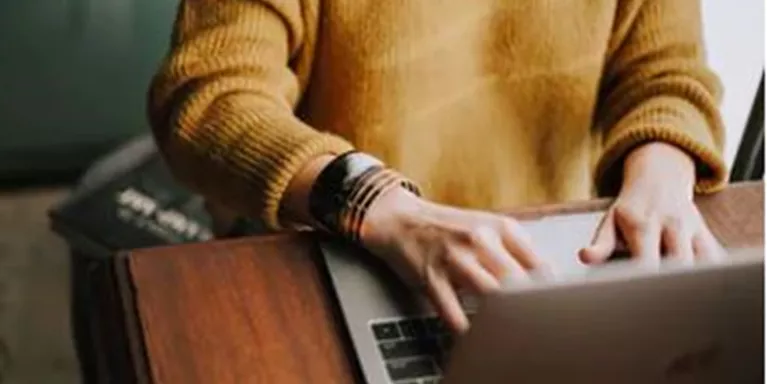
Information and support
When you’re living with a mental health problem, or supporting someone who is, having access to the right information - about a condition, treatment options, or practical issues - is vital. Visit our information pages to find out more.
Share your story with others
Blogs and stories can show that people with mental health problems are cared about, understood and listened to. We can use it to challenge the status quo and change attitudes.










